1. Tea Extract Overview
Tea Extract, also called Camellia Sinensis Leaf Extract, is derived from green tea leaves. The main active ingredients are tea polyphenol, catechins, EGCG and a small amount of caffeine. Tea Polyphenol (CTP or TP) is a generic term of polyhydroxy phenols. Its main chemical components are flavanols(catechins), anthocyan, flavonols, phenolic acids, etc. Catechins are important and unique components of tea polyphenol. Catechins mainly include epicatechin, epigallocatechin, epicatechin gallate and epigallocatechin gallate (EGCG). Tea polyphenol is light yellow to brown powder. It has hygroscopicity. It can be soluble in water, ethanol, ethyl acetate and other polar solvent, slightly soluble in oil. Its pH value of aqueous solution is 3-4. Catechins are white powder. They are slightly soluble in cold water or ether, soluble in hot water, ethanol, glacial acetic acid and acetone. Plamed develops four specifications Tea Extract: 95% EGCG, 70% oil-soluble polyphenols, 25% water-soluble polyphenols and 98% water-soluble polyphenols. All of them are natural cosmetic ingredients.

Tea Extract has a variety of skin care bioactivities:
1) It has inhibitory effect on caspase and metalloproteinase. It can scavenge free radicals from human body; it is an antioxidant and anti-aging additive in cosmetics.
2) Tea Extract inhibits collagenase, and maintains skin elasticity. Also it has convergence and wrinkle resistance.
3) It can activate macrophages that are capable of phagocytosis of melanin. Thereby it inhibits melanin formation, and has good whitening effect.
4) Tea Extract improves skin’s anti-allergic ability by inhibiting catalase. It has anti-inflammatory and anti-bacterial property. Thus it can be used in oral products to prevent tooth decay;
5) Tea Extract has an excellent inhibitory effect on microorganisms. It can be used in toner and face cream to prevent oil rancidity in cosmetics;
6) It can promote fat decomposition, and can be used in slimming products;
7) Tea Extract is responsible for lessening capillary permeability and brittleness. It can be used in lipstick to prevent dry lips, and improve softness of lips. Tea Extract is a natural cosmetic ingredient with a variety of skin care benefits. It is a safe, widely available and promising new antioxidant and whitening agent for cosmetics.
| Product Name | INCI | |||
| Tea Extract | CAMELLIA SINENSIS LEAF EXTRACT | |||
| Active Ingredient | CAS Number | Molecular Weight | Molecular Formula | Molecular Structure |
| Tea Polyphenols | 84650-60-2 | 458.37g/mol | C22H18O11 |  |
| EGCG | 989-51-5 | |||
| Product ID | Specification | Minimal Package | Minimal Order Quality | |
| PMB1501 | 95% EGCG | 1KG | 1KG | |
| PMB1502 | 70% oil-soluble polyphenols | |||
| PMB1503 | 98% water-soluble polyphenols | |||
| PMB1504 | 20% water-soluble polyphenols | |||
2. Tea Extract Source
Tea is a kind of dicotyledon plant. It is one of main tea types in China. Green tea adopts new leaves or buds of Camellia sinensis. China’s Xishuangbanna is the origin of tea. Many provinces in China also produce tea, mainly in south provinces. It retains natural substance of fresh leaves. It includes tea polyphenols, catechins, chlorophyll, caffeine, amino acids, vitamins and other nutrients. These natural nutrients have anti-cancer, bactericidal, anti-aging, anti-oxidation, lipid-lowering, beauty and skin care and other biological activities. Therefore, green tea has great medicinal value. And its value in cosmetics field has been widely explored.

3. Tea Extract Manufacturer Specifications
| Product Name | Specification |
| Tea Extract | 95% EGCG |
| 70% oil-soluble polyphenols | |
| 98% water-soluble polyphenols | |
| 25% water-soluble polyphenols |
95% EGCG Manufacturer Specification
| Items | Specification |
| EGCG | ≥95.0% |
| Caffeine | ≤0.5% |
| Appearance | White or off white powder |
| Odor | Characteristic |
| Taste | Characteristic |
| Physical Characteristics | |
| Particle size | 98% through 60 mesh |
| Moisture | ≤5.0% |
| Ash | ≤0.5% |
| Heavy Metals | |
| Total heavy metals | ≤10ppm |
| As | ≤2ppm |
| Pb | ≤1ppm |
| Microbiological Tests | |
| Total plate count | ≤1000cfu/g |
| Total yeast & mold | ≤100cfu/g |
| E.Coli. | Negative |
| Salmonelia | Negative |
| Staphylococcus | Negative |
98% Water-Soluble Polyphenols Manufacturer Specification
| Items | Specification |
| Total polyphenols | ≥98.00% |
| Catechins | ≥70.0% |
| EGCG | ≥50.0% |
| Caffeine | ≤1.0% |
| Appearance | Fine powder |
| Color | Light yellow brown |
| Odor | Characteristic |
| Taste | Characteristic |
| Physical Characteristics | |
| Particle size | 98% through 80 mesh |
| Moisture | ≤5.0% |
| Heavy Metals | |
| Total heavy metals | ≤10ppm |
| As | ≤2ppm |
| Pb | ≤1ppm |
| Microbiological Tests | |
| Total plate count | ≤1000cfu/g |
| Total yeast & mold | ≤100cfu/g |
| E.Coli. | Negative |
| Salmonelia | Negative |
| Staphylococcus | Negative |
4. Tea Extract Manufacturer Flow Chart

5. Tea Extract Benefits
- Whitening
Tea Polyphenol in Tea Extract can inhibit tyrosinase and peroxidase. Meanwhile, it is also a better ultraviolet filter. It can reduce melanin formation, and eliminate freckles and senile spots. Additionally, Tea Extract can effectively remove free radicals, and inhibit peroxidation. It decreases lipofuscin production in skin. Thereby it prevents various color spots from forming. So Tea Extract can exert its whitening and sun protection effect.

- Anti-oxidation and anti-aging
Tea Polyphenol is a kind of potent natural antioxidant. It has strong hydrogen supply capacity. It can combine with free radicals in skin to transform into inert substances to stop chain reaction of free radicals. Therefore, Tea Polyphenol has strong scavenging effect on free radicals. It fundamentally prevents and alleviates skin aging.

- Anti-wrinkle and astringency
Tea Extract has an inhibitory effect on collagenase and elastase. It can prevent decline or degeneration of elastin, so as to maintain skin elasticity and achieve its anti-wrinkle effect. Tea Polyphenol, as a kind of plant polyphenol, has astringency. When added in cosmetics, it has good adhesion ability to skin. It can shrink thick pores. Also it makes flabby skin converge, tighten, and then reduces wrinkles.
- Anti-bacterial and anti-inflammation
Tea Extract has function of anti-inflammation and sterilization. It can inhibit growth of staphylococcus, escherichia coli, streptococcus and other pathogenic bacteria. Therefore, it can be used to treat and prevent skin problems caused by microorganisms, such as acne, body odor, dandruff and scalp pruritus. Meanwhile, Tea Polyphenol can inhibit release of free histamine. It can resist skin allergy and interference.
- Other functions
Relieving heavy metal toxicity:Tea Extract has a strong binding and precipitation function for heavy metal ions. Through deposition and binding of Tea Polyphenol to metal ions, it can effectively prevent skin’s trans-dermal absorption of heavy metals. And it alleviates the damage of heavy metals to skin. Therefore, cosmetics containing Tea Extract are especially suitable for people who have been exposed to heavy metal ions. Tea Extract can availably prevent heavy metal makeup pigments and colors from harming skin.
Promoting skin microcirculation: Tea Extract can enhance micro-vascular resistance and elasticity. It reduces blood viscosity, and improves skin blood circulation. Thus it can be added into cosmetics to activate blood and remove blood stasis. Tea Extract can not only improve skin microcirculation, but also promote skin’s absorption and metabolism of nutrients.
6. Study on the Pharmacology of Tea Extract and Cosmetics
| Test item | Concentration | Result |
| Activation to macrophages by cell culture | 500mg/kg | Activating rate:460(blank 100) |
| Inhibition to collagenase | 0.1% | Inhibition rate:78.0% |
| Promotion to fat decomposition | 3.0mg/ml | Decomposition rate:272(blank 100) |
| Inhibition to metase | 200μg/ml | Inhibition rate:62.0% |
| Inhibition to MMP-3 | 0.005% | Inhibition rate:65.0% |
| Inhibition to MMP-3 | 0.005% | Inhibition rate:50.0% |
| Inhibition to caspase | 5μg/ml | Inhibition rate:77.1% |
| Inhibition to catalase | 0.01% | Inhibition rate:59.4% |
7. Plamed Tea Extract Characteristic
- No harmful residues in extraction process, high safety and no pollution.
- Plamed has tea cultivation base. We can offer high quality product with stable supply.
8. Tea Extract Application & Attention
Tea Extract has been widely used in all kinds of cosmetics:
- Anti-aging and whitening skin care products: toner, lotions, cream, essence and sunscreen;
- Hair care products: shampoo, conditioner, hair dye;
- Lipstick, toothpaste, body wash and slimming cosmetics.
| Application Products | Reference Dosage |
| Lipstick | 0.01% |
| Deodorant, antiperspirant | 0.02% |
| Hair dye | 0.5% |
| Shampoo, conditioner | 2.4% |
| Mouthwash | 0.3% |
| Wipes | 0.04% |
| Hand cream, face cream, essence, emulsion, toner, etc. | 0.1%-0.86% |
Attention:
- Tea Extract is easy to decompose under alkaline condition; then its color becomes darker. Therefore, cosmetic base ingredients should be avoided or used less alkaline ones. The pH value should be controlled between 4 and 6.
- Tea Polyphenol with high purity is light yellow crystal powder, and has a bright appearance. The solution is reddish brown without impurity precipitation. However, Tea Polyphenol with low purity and low quality is yellowish in appearance. The solution is yellow-red with black particles precipitation.
Tea Extract application cases in major cosmetic brands in the world:
| Country | Brand | Product |
| Korea | AHC | Sunscreen SPF50+ PA+++
Hydra B5 Sun Cream Hydra B5 Toner |
| su:m37° | Water-full Timeless Moisturizing Cream
Water-full Aqua Sleeping Pack Water-full Deep Effect Ampoule |
|
| UNNY CLUB | Mineral and Mild Makeup Remover | |
| SIDMOOL | Green Tea Skin | |
| IOPE | Ideal Cleansing Foam Whipping Brightener | |
| Innisfree | Anti-trouble skin(Tea tree)
Skinny Microcara |
|
| YURIPIBU | Bifida Repair Ampoule | |
| A by BOM | Ultra Moisture Black Tea Cream | |
| China | Beginning to Wood | Activating Skin Refreshing Revive Cream |
| COSMETEA | Moisture Care Tea Cleanser | |
| Austrilia | Cloris Land | Malachite Iris Age-Control Emulsion |
| Hola | Tea Tree Pore Purifying Masque | |
| USA | 100% Pure | Organic Matcha Anti-Aging Antioxidant Cleansing Foam
Green Tea EGCG Concentrate Cream |

9. Tea Extract Reference Formula
Whitening emulsion
| Ingredient | Content(%) | Ingredient | Content(%) |
| Tea extract | 0.25 | Nutmeg Lactate | 4.5 |
| 1,3- Butanediol | 4.0 | Zinc Stearate | 2.0 |
| Citric Acid | 0.1 | Octadecanol | 1.2 |
| Methylparaben | 0.2 | Titanium Dioxide | 2.0 |
| EDTA | 0.1 | γ-Oryzanol | 0.1 |
| Co-Q10 | 0.1 | β-Carotene | 0.22 |
| Vitamin E Acetate | 2.0 | Iso-Octyl P-Methoxycinnamate | 5.0 |
| Carnosic Acid | 0.1 | Purified Water | Add to 100 |
Anti-freckle and whitening cream:
| Ingredient | Content(%) | Ingredient | Content(%) | |
| A Phase | Tea Extract | 1.0 | 1,3-Butanediol | 6.0 |
| Hyaluronic Acid | 0.2 | Chinese Angelica Extract | 1.0 | |
| Acrylic Polymer | 1.0 | VC Derivates | 1.5 | |
| Kojic Acid | 1.0 | EDTA-2Na | 0.1 | |
| Glycerin | 5.0 | Aconitum Coreanum P.E | 1.0 | |
| Water | Add to 100 | |||
| B Phase | Ceramide | 0.5 | Glycerin Monostearate | 4.0 |
| Cetyl Alcohol | 4.5 | Dimethicone | 3.0 | |
| Squalane | 4.0 | Plant Compound Essential Oil | 2.0 | |
| Shea Butter | 1.0 | Polyether Emulsifier | 1.0 | |
| Jojoba Oil | 3.0 | |||
| C Phase | Preservative | Appropriate | pH Modifier | Appropriate |
| Fragrance | Appropriate | |||
Preparation method:
①Heat A and B phase ingredients to 80℃ respectively, stir until all melting and uniform;
②Add B phase ingredients slowly into A phase ingredients, homogenize emulsification for 10min;
③Stir slowly and cool to 50℃, then add C phase ingredients, continue to stir;
④Cool to 36-38℃, then discharge.
Whitening emulsion
| Ingredient | Content(%) | Ingredient | Content(%) |
| Tea Extract | 1.50 | Emulsifier Seppic-305 | 0.50 |
| Fragrance | Appropriate | Preservative | Appropriate |
| Cetyl Alcohol | 1.50 | Stearol Polyoxyethylene (2) Ether | 0.50 |
| Squalane | 6.00 | Stearol Polyoxyethylene (21) Ether | 1.50 |
| Glycerin | 2.00 | EDTA Disodium Salt | 0.10 |
| Cappo U20 | 0.20 | Deionized Water | Add to 100 |
| Triethanolamine | 0.30 | ||

10. Tea Extract Safety
- The safety of Tea Extract is tested according to Safety Standards for Cosmetics (2007 edition). The test result shows that no adverse skin reactions are found in the subjects. It indicates that cosmetics added with Green Tea Extract are safe; and it can be used as natural additives for cosmetics.
- On the Announcement of Name List of Cosmetics Raw Material published by CFDA in 2014 lists Tea Extract (Tea Polyphenol and Catechins).
- FDA considers Tea Extract to be GRAS.
- No unsafe use of Tea Extract has been reported in US Pharmacopoeia, when it is used as an additive within appropriate dosage range.
11. Packing and Storage
Package: Packed in 25kg paper drums with two plastic bags inside.
Storage: Stored in a cool dry place and away from direct sunlight and oxidizing agents.
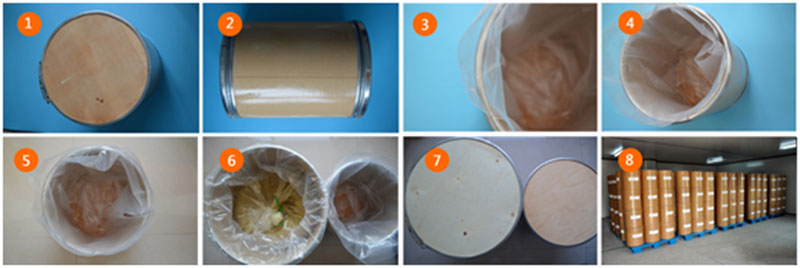
Plamed focuses on natural cosmetic ingredients for more than 10 years. We have founded four subsidiary companies, which respectively develops different kinds of cosmetic raw material. Plamed is a company whose CEO is designated as the first secretary general of Shaanxi Plant Extraction Association.
As a professional Tea Extract manufacturer, Plamed have been constantly upgrading the production process. We firmly believe that good Tea Extract and good Tea Extract price will help customers make good terminal products and help customers win a lasting and broad market.
Other Skin-whitening Product List
| NO. | Product Name | Product ID | Specification | Product Image |
|---|---|---|---|---|
| 01 | Arbutin | PMB0101 PMB0102 | Alpha 99.5% Beta 99.0% | 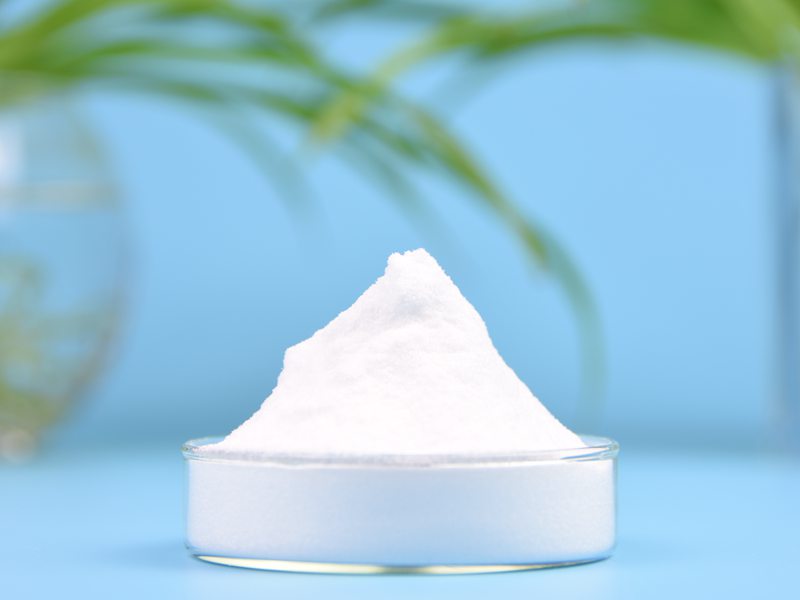 |
| 02 | PCR Glabridin | PMB0705PCR | 10% | 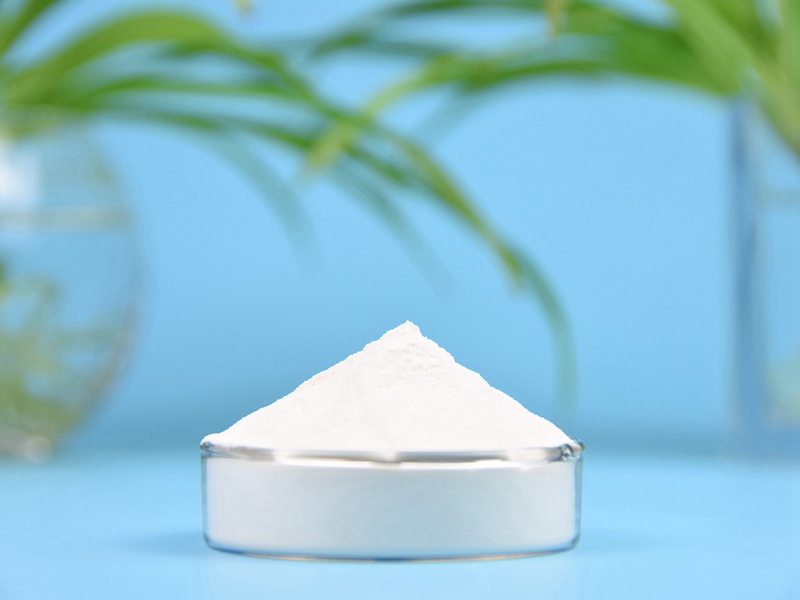 |
| 03 | Kojic Acid Dipalmitate | PMB0801 | 99% | 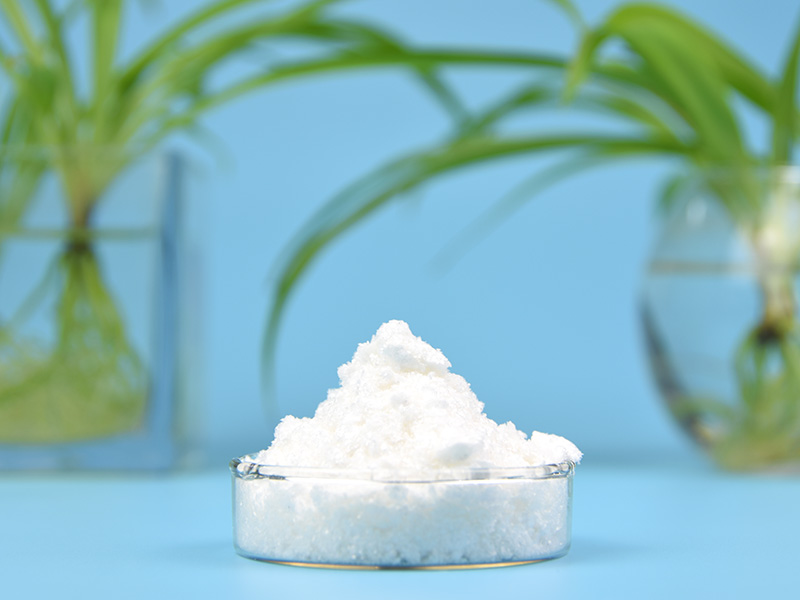 |
| 04 | D-alpha Tocopherol Acetate | PMB0901 PMB0902 | 700IU 1300IU | 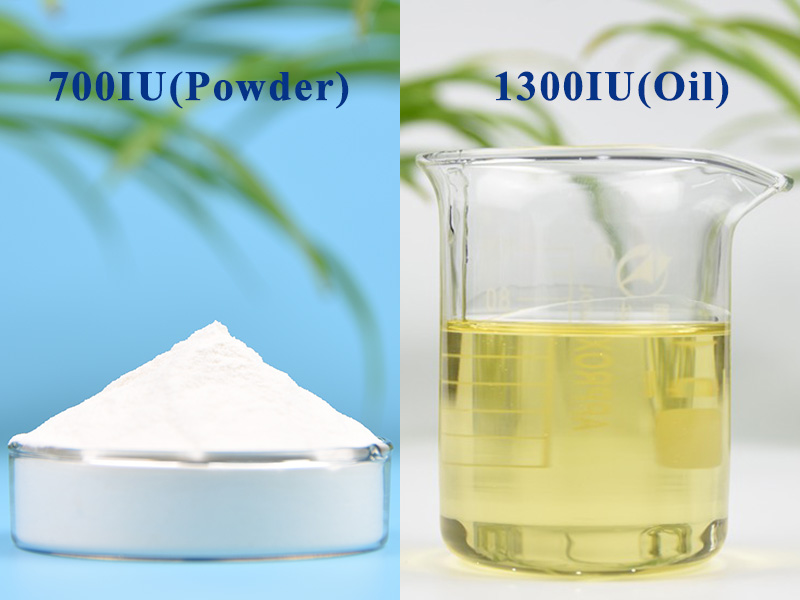 |
| 05 | Bakuchiol | PMKZ1501 | 98% | 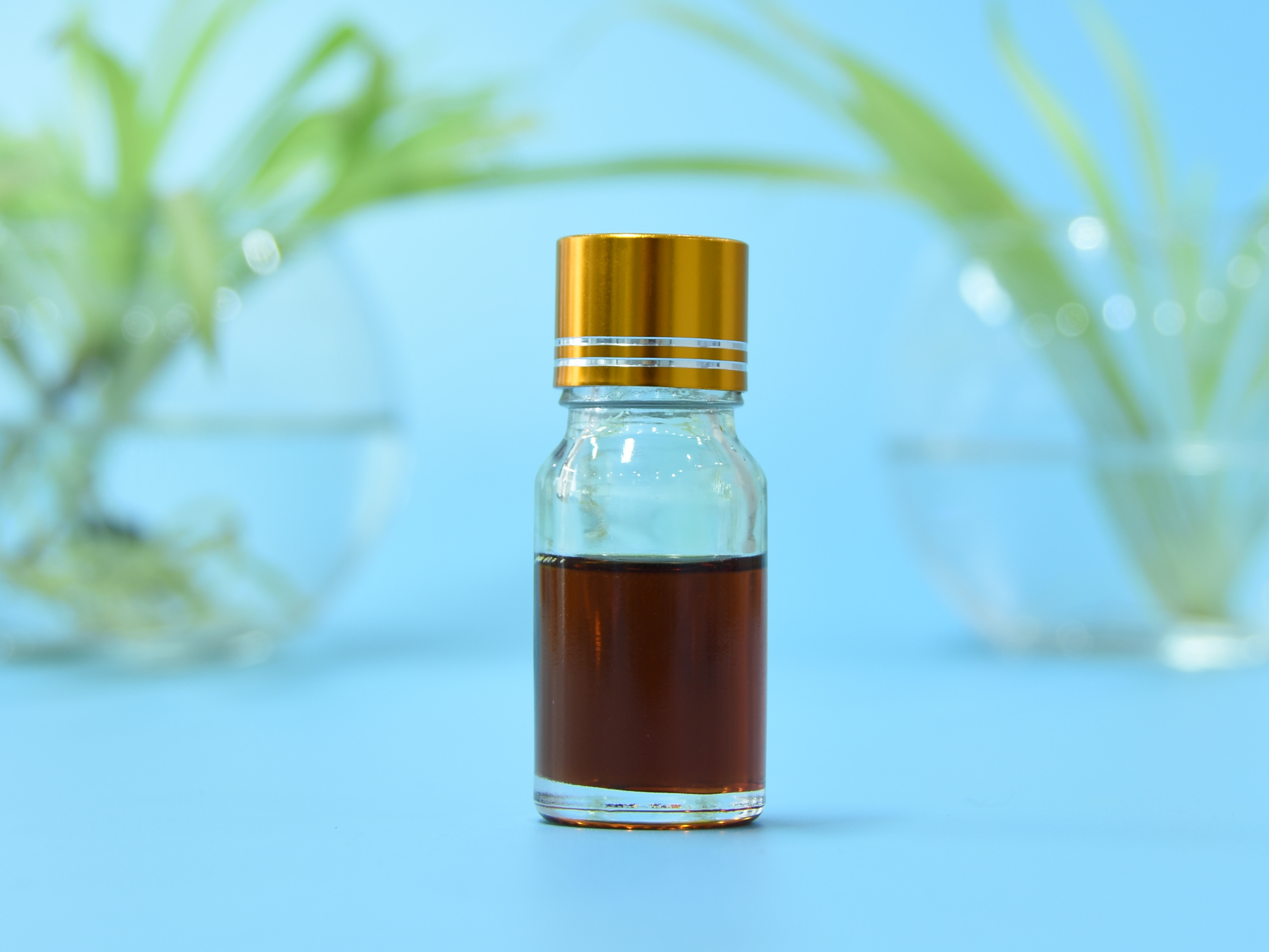 |
| 06 | Grape seed extract | PMB1401 | 95%OPC | 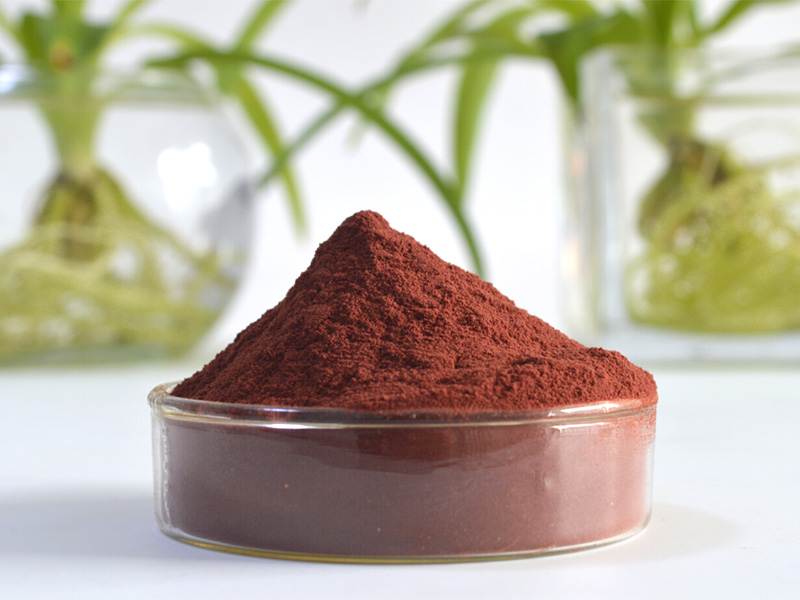 |
| 07 | Ellagic Acid | PMB0401 | 98% |  |
| 08 | Glabridin | PMB0705,PMB0702 PMB0703,PMB0704 | 10%,40% 90%,98% | 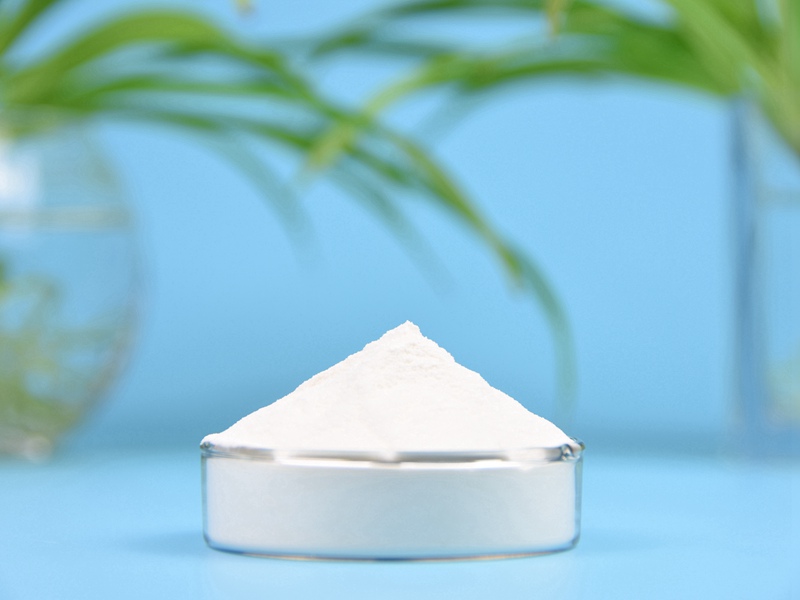 |
| 09 | Glutathione | PMB1601 | 98% |  |
| 10 | Ascorbic Acid 2-Glucoside | PMB1801 | 98% | 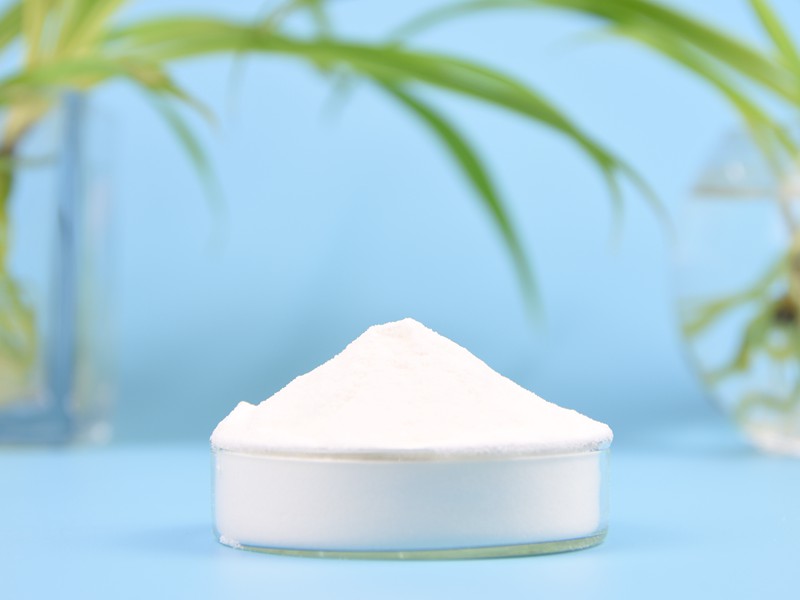 |
| 11 | Phloretin | PMB0301 | 98% | 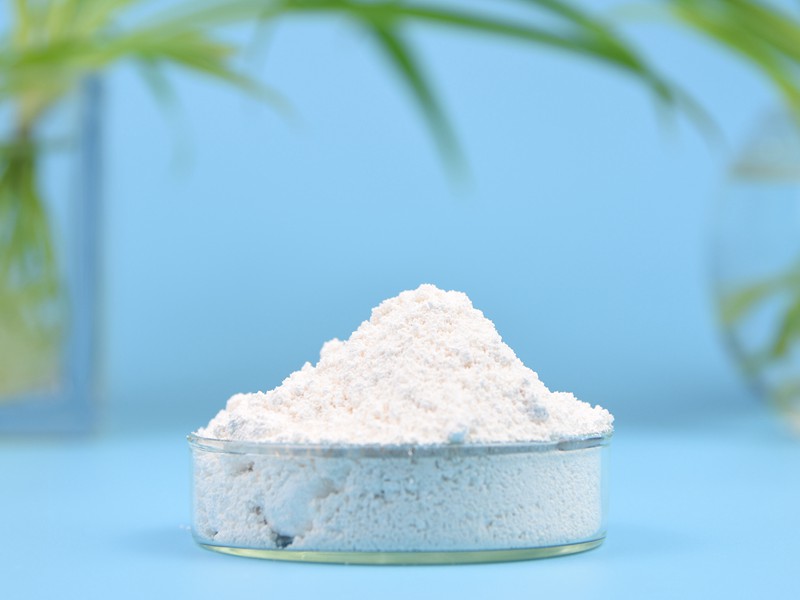 |
| 12 | Lycopene | PMB1101 | 80% | 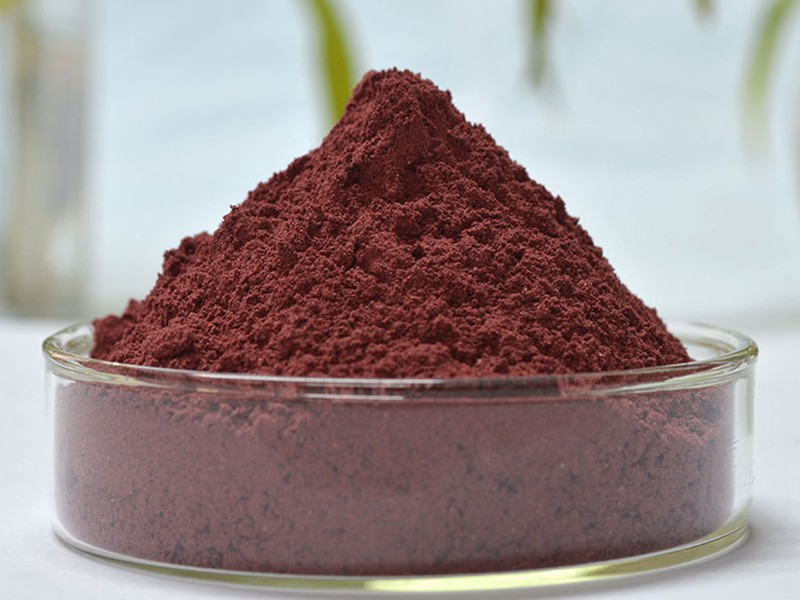 |
| 13 | Resveratrol | PMB0501 | 98% |  |
| 14 | Green Tea Extract | PMB1501, PMB1502, PMB1503 | 95% EGCG, 70% oil-soluble polyphenols, 98% water-soluble polyphenols | 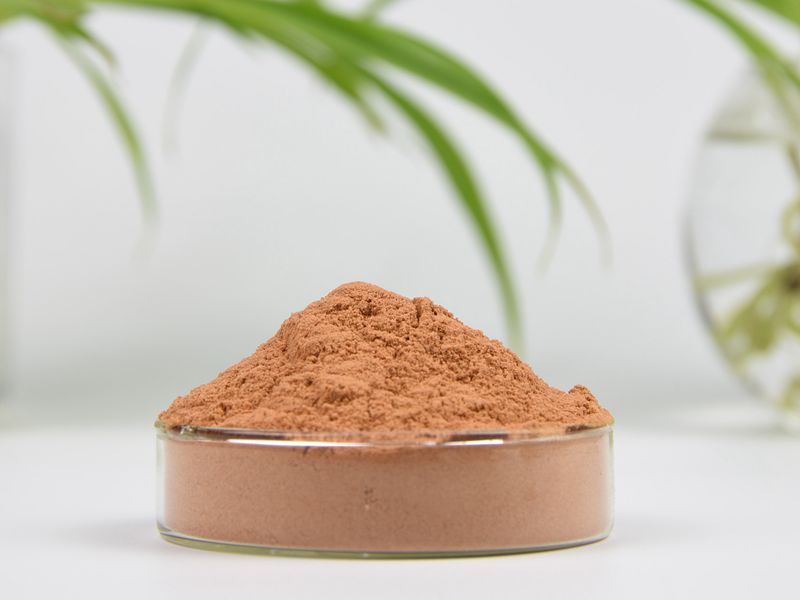 |
| 15 | Luteolin | PMB1301 | 98% | 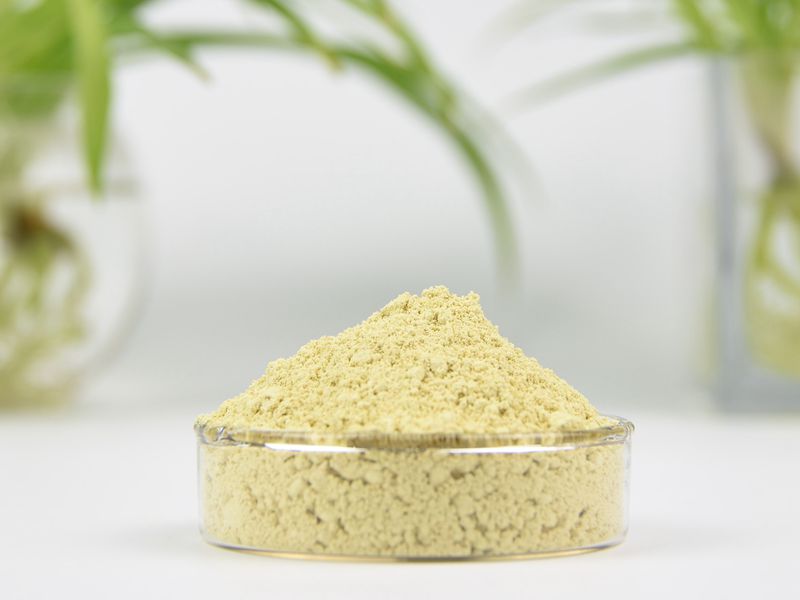 |
| 16 | Chrysin | PMB1001 | 99% | 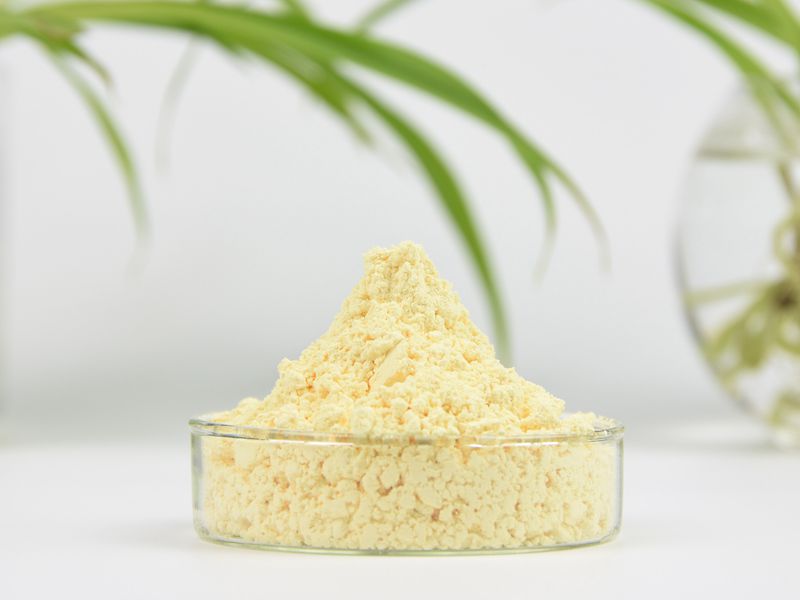 |
| 17 | Puerarin | PMB1201 | 98% | 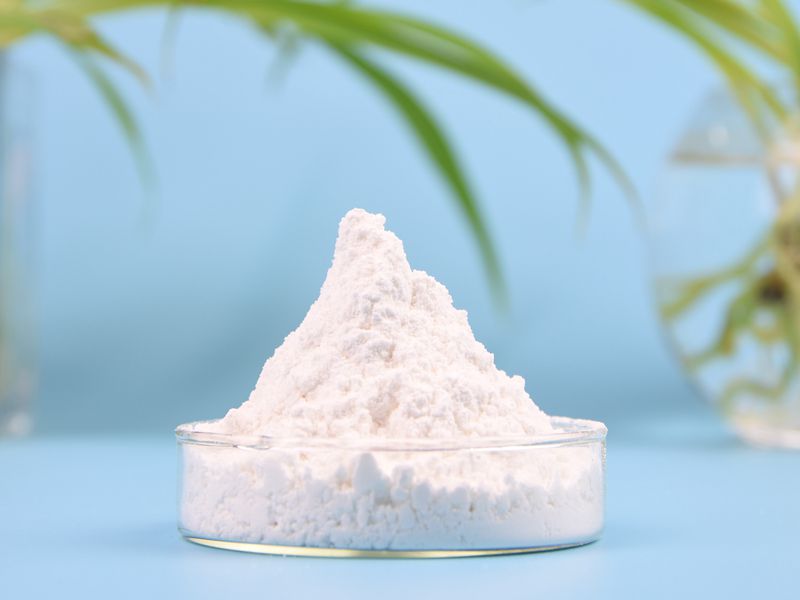 |
| 18 | Escin | PMM0301 | 20%, 98% | 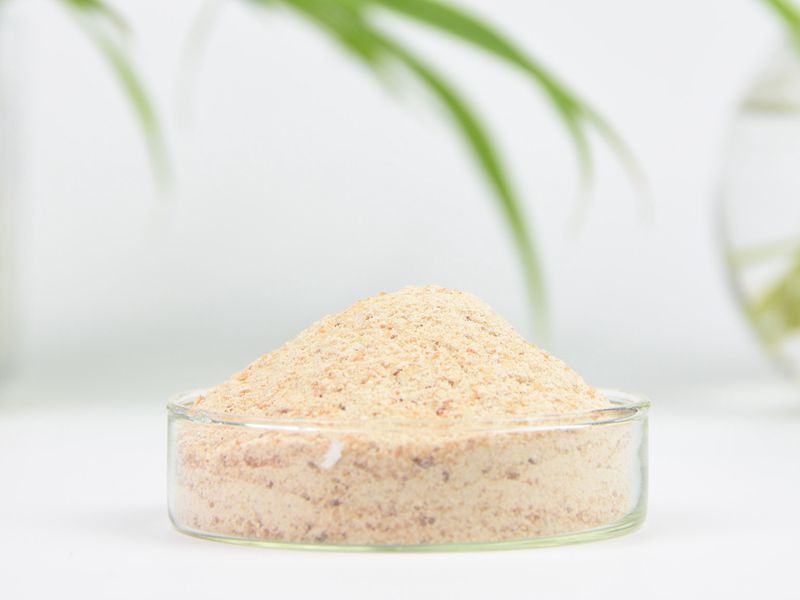 |
| 19 | Tetrahydrocurcumin | PMB0201 | 98% | 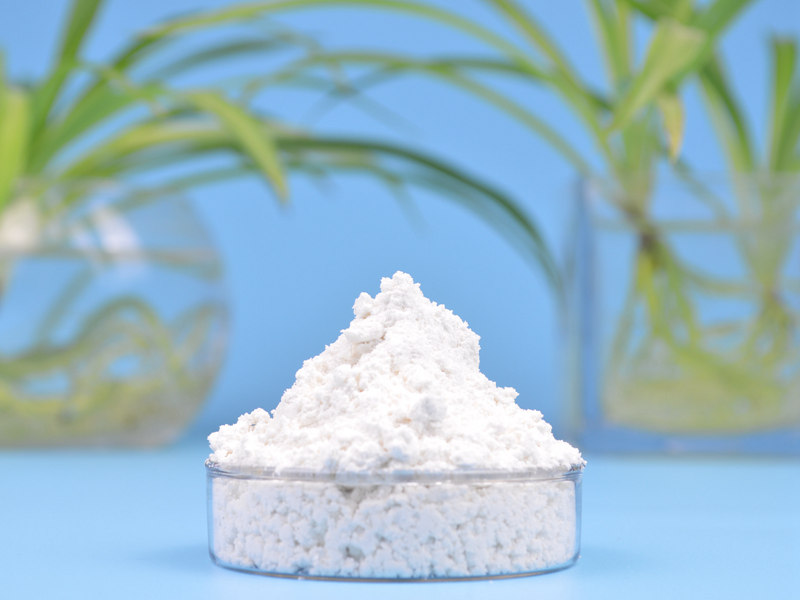 |
| 20 | Nicotinamide | PMB1501 | 99% | 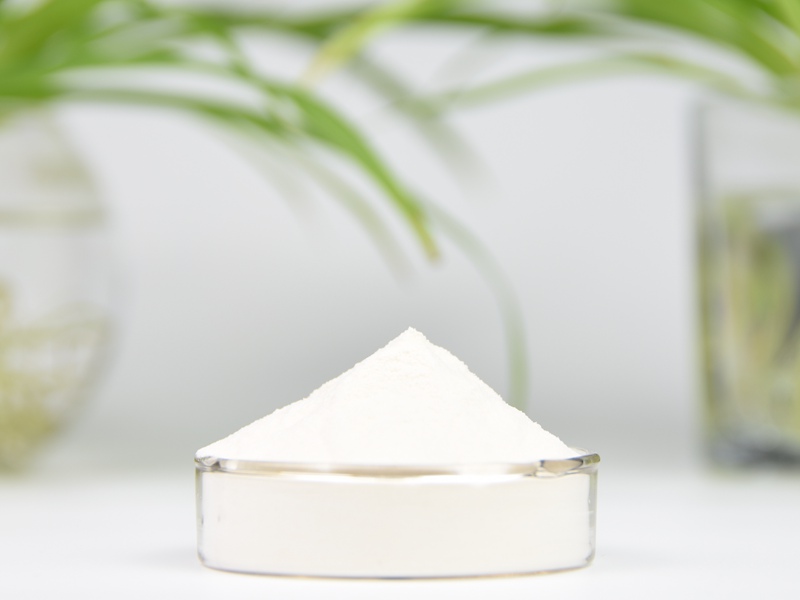 |
| 21 | Curcumin | PMB2501 | 10% | 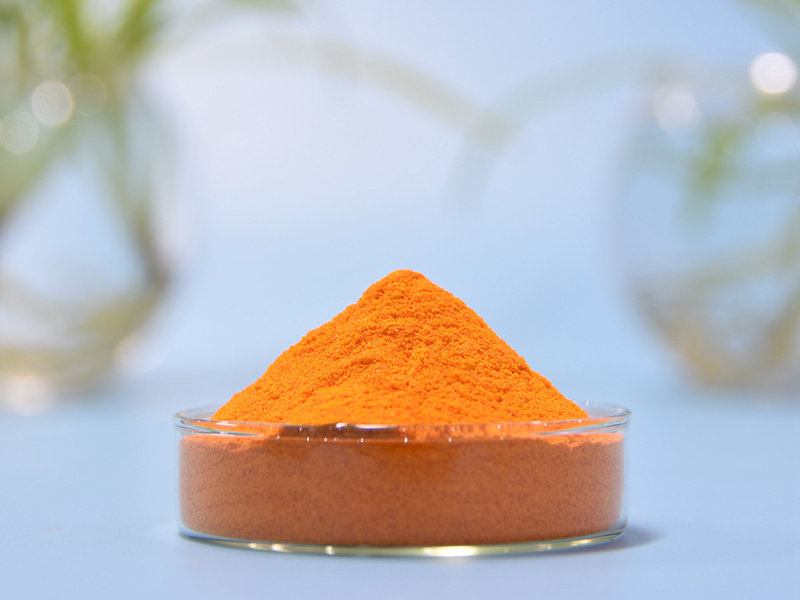 |
| 22 | Rhodiola-crenulata-extract | PMB2401 | 2% Salidroside | 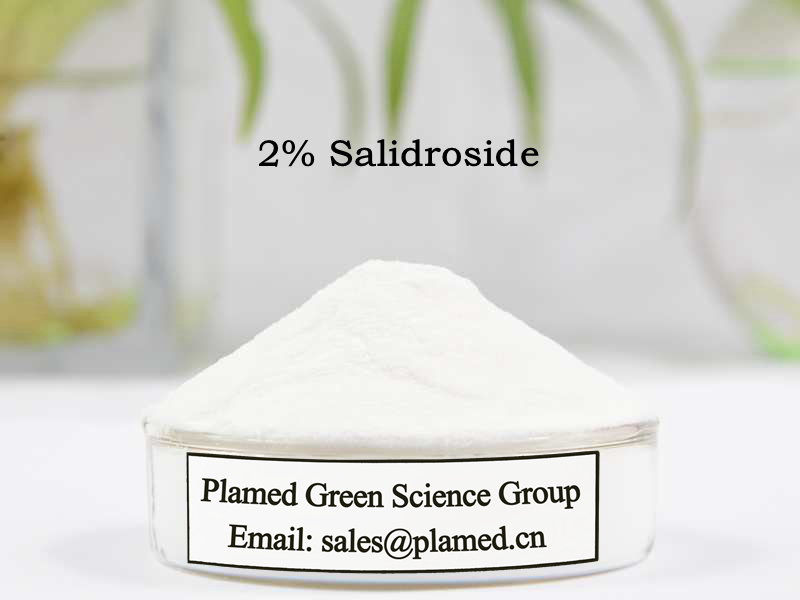 |













